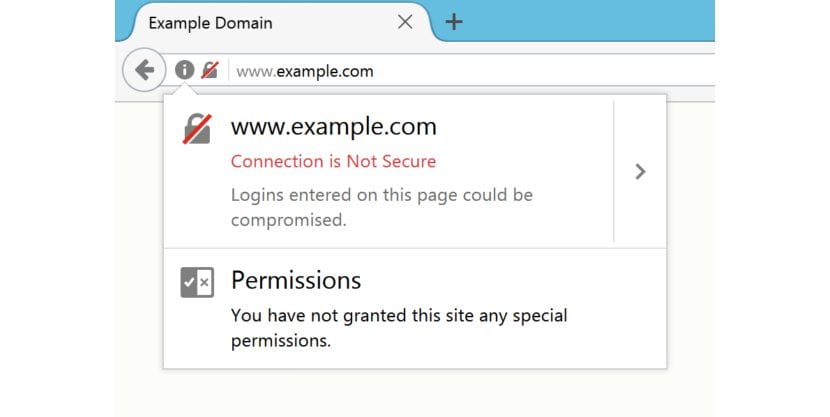
Every time we talk about secure pages, in which we have to write our data, our credit card to make a payment or our password we must make sure that the web is safe. The easiest method is to check if the web address starts with HTTPS. In this case we can rest easy because the information will travel from our computer to the servers where the information has to be stored, no one else will have access to that information. If, on the other hand, the website does not offer the HTTP address, anyone on the way from our computer to the servers will be able to access it.
Google has been announcing for many months that it is going to start differentiating the secure pages from those that are not, not only on its results page, but it will also begin to do so through the browser each time the user accesses them. This feature will go live in the next update of Google Chrome, update number 56 and that will be available next week.
But it is not the only one, since Firefox, the other browser in discord fighting to steal share from Chrome, has just released a new update in which it informs us if a web page is secure, uses the HTTPS protocol or continue to use HTTP. As we can see in the image that heads this article, each time we access, the browser will show us a sign next to the address stating that the connection is not secure.
This message will only be displayed on web pages where we have to enter passwords to access, that is, on form pages, just like Chrome. Presumably, browsers available on the market like Microsoft Edge, with fewer and fewer users, will also implement this option to notify all users of the security or not of the web page they are visiting.
I think either I am misunderstanding it or the title of this article is wrong.
"Firefox and Google Chrome start naming HTTPS connections insecure"
Could it be that they start naming insecure HTTP connections?